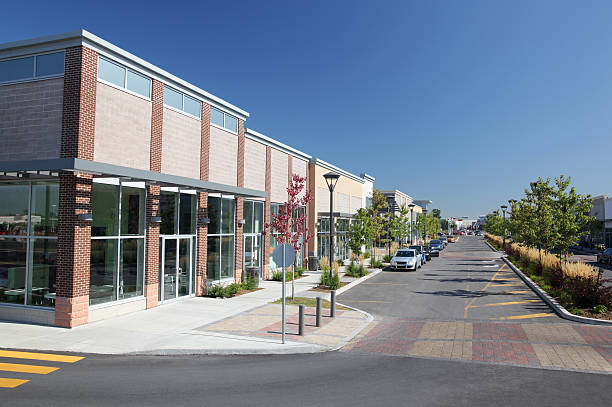Whether you are planning on purchasing or leasing commercial real estate, you need to be aware of the current market trends of Utah Commercial Real Estate. These include how office space and multifamily rentals are increasing and decreasing. You need to be aware of the property tax that is paid in Utah, which is based on 100% of the fair market value.
Multifamily rents grew by an average of 5.5% during the quarter
During the third quarter of the year, multifamily rents increased by an average of 5.5%, a strong performance for the quarter. This marks the largest year-over-year increase of the post-recession cycle.
The strongest demand in over 20 years ignited the multifamily market. Pandemic concerns and vaccine distribution helped drive occupancy up. However, the lack of available construction financing stalled the market.
While demand increased, the market was unable to maintain the double-digit growth that has been occurring in recent years. The market is forecasted to grow more slowly over the next 18-24 months.
Despite the slower growth, the economic conditions are still very favorable for the multifamily industry. In fact, the multifamily sector continues to be one of the few sectors that is seeing exceptional returns in the southern US.
Office space sector has decreased quarter-over-quarter by about 3%
Despite a modest decrease in the overall volume of new office space leased by tenants, Salt Lake City’s office space sector saw some notable activity in the third quarter of the year. In addition to the usual suspects, a handful of noteworthy deals were reported.
The largest share of the new leases occurred in the downtown area. A few notable deals included Pretium Packaging’s 97,000 square-foot re-leasing of a former bank headquarters, Berlin Packaging’s 166,000-square-foot lease of a former office tower and Ready Alliance Group’s 200,000-square-foot lease of a formerly occupied office building.
The office space sector also saw the highest quarter-over-quarter growth in the number of occupied offices. Interestingly, vacancy rates in the industrial and manufacturing space remained relatively flat.
The fabled COVID-19 pandemic caused many companies to downsize or relocate their operations to more secluded locations. A related “smart” move was to repurpose old spaces to accommodate remote workers, thus boosting the ROI on their leases.
Industrial market in Salt Lake City is expected to grow substantially through the rest of 2022
Despite the recent upswing in the Salt Lake City real estate market, the economic fundamentals remain solid. Salt Lake City is expected to generate a record amount of jobs by 2021, and vacancy is low.
Industrial markets in Salt Lake City are projected to continue their growth through the rest of 2022. With new development deliveries, a robust increase in demand from occupiers, and an improved local economy, the Salt Lake City industrial market is expected to grow substantially.
During the third quarter of 2022, the Salt Lake City industrial market saw a notable uptick in leasing activity. Larger deals were completed in the market than ever before. This led to a 3% increase in average asking rents. Combined with the growth in the local rental stock, absorption should continue throughout the year.
Salt Lake City’s desert climate supports hot summers and cold winters
Located at 40 deg 45’N latitude, Salt Lake City is the largest urban area in the state of Utah. It is situated northeast of the Great Salt Lake in the Salt Lake Valley, a shallow basin surrounded by steep mountain ranges. The city covers an area of 285.9 square kilometers. It has a population of 186,500.
The climate in Salt Lake City is humid subtropical. The main rainfall occurs from the Pacific storms. However, snowfalls are also common. In winter, the Great Salt Lake’s high salinity prevents freezing. It has also led to increased precipitation in Salt Lake City.
Temperatures are generally warm during the day and cool at night. This can result in very hot days in the summer. In August, there are a number of thunderstorms, but most of them are dry.
Commercial property tax in Utah is based on 100% of fair market value
Unlike many states, the commercial property tax in Utah is calculated based on 100% of the fair market value of your property. This is because the state requires the value of all taxable properties to be assessed at fair market value.
To calculate this, the Assessor’s Office performs site visits to determine the value of new buildings and structures as well as the value of changes to existing structures. This is to ensure the county’s records are accurate.
Another good-for-your-business practice is to identify the intangible aspects of your business to reduce your property tax liability. These can include the value of your trade name, trained workforce, and copyrights. These items are generally excluded from property taxation in most states, but are not always.








